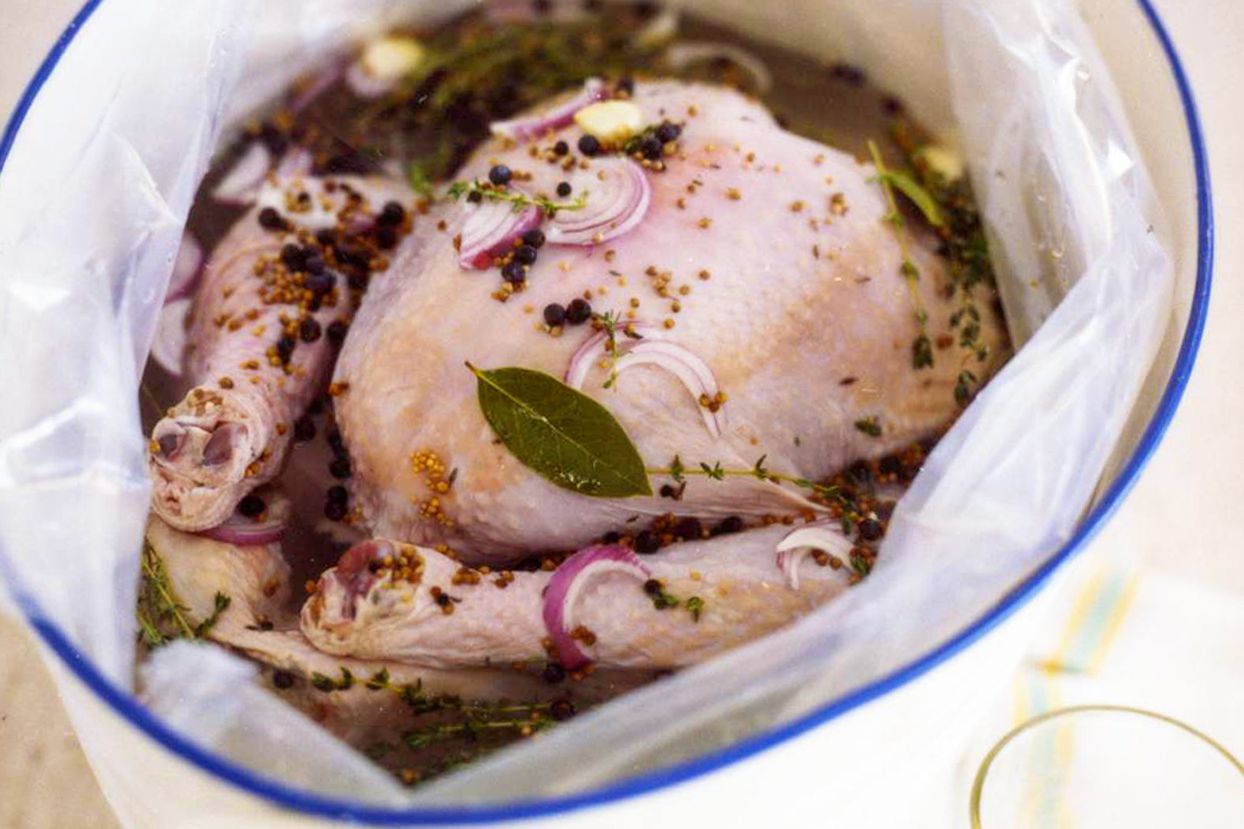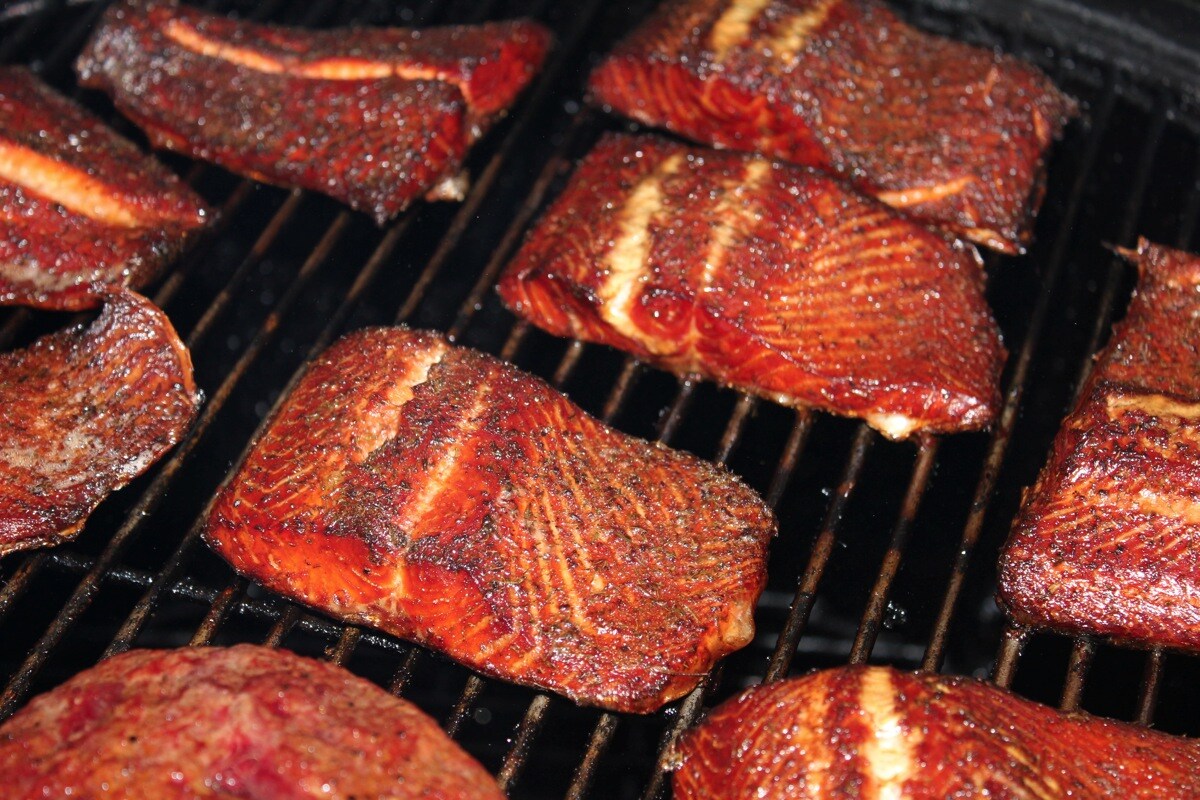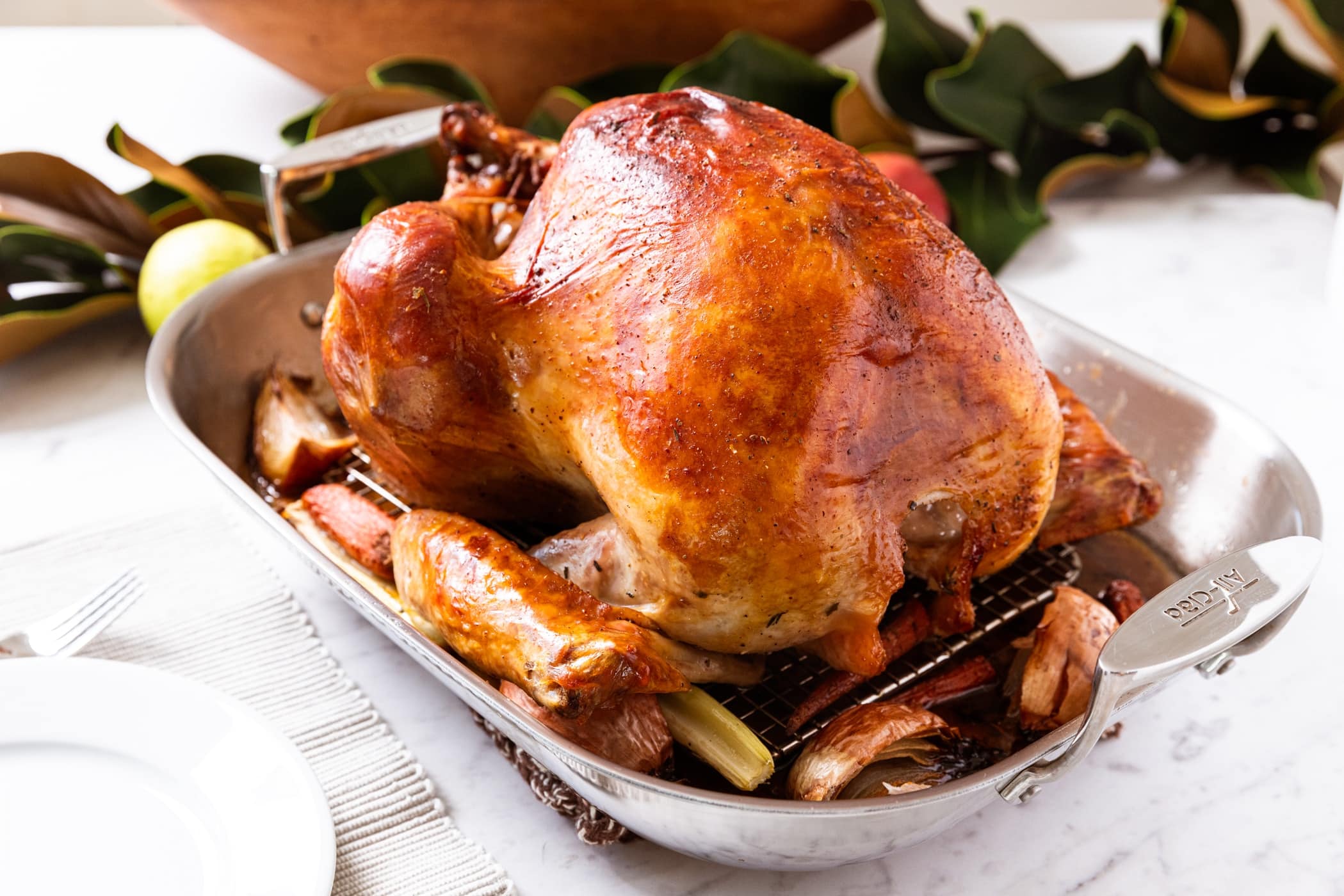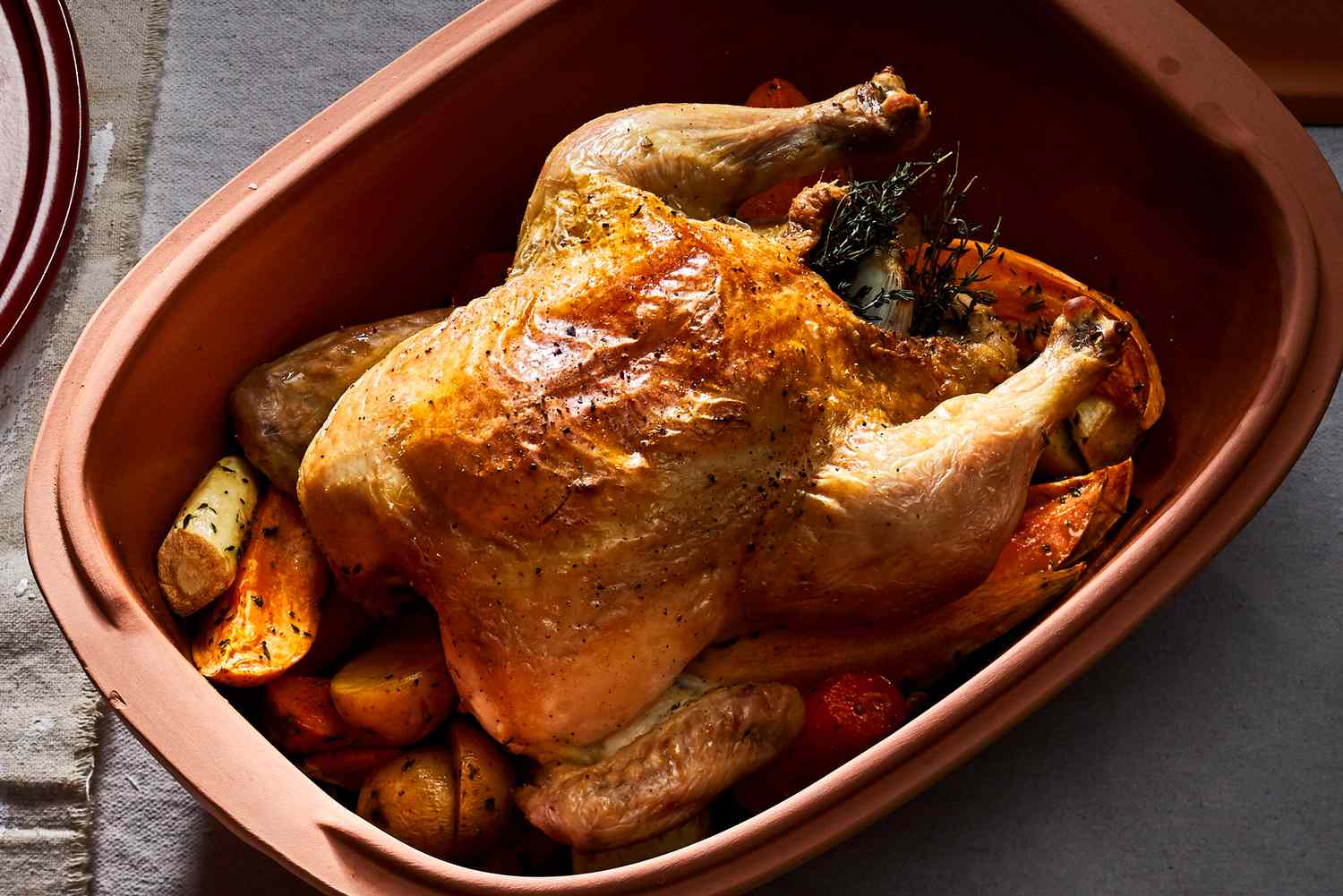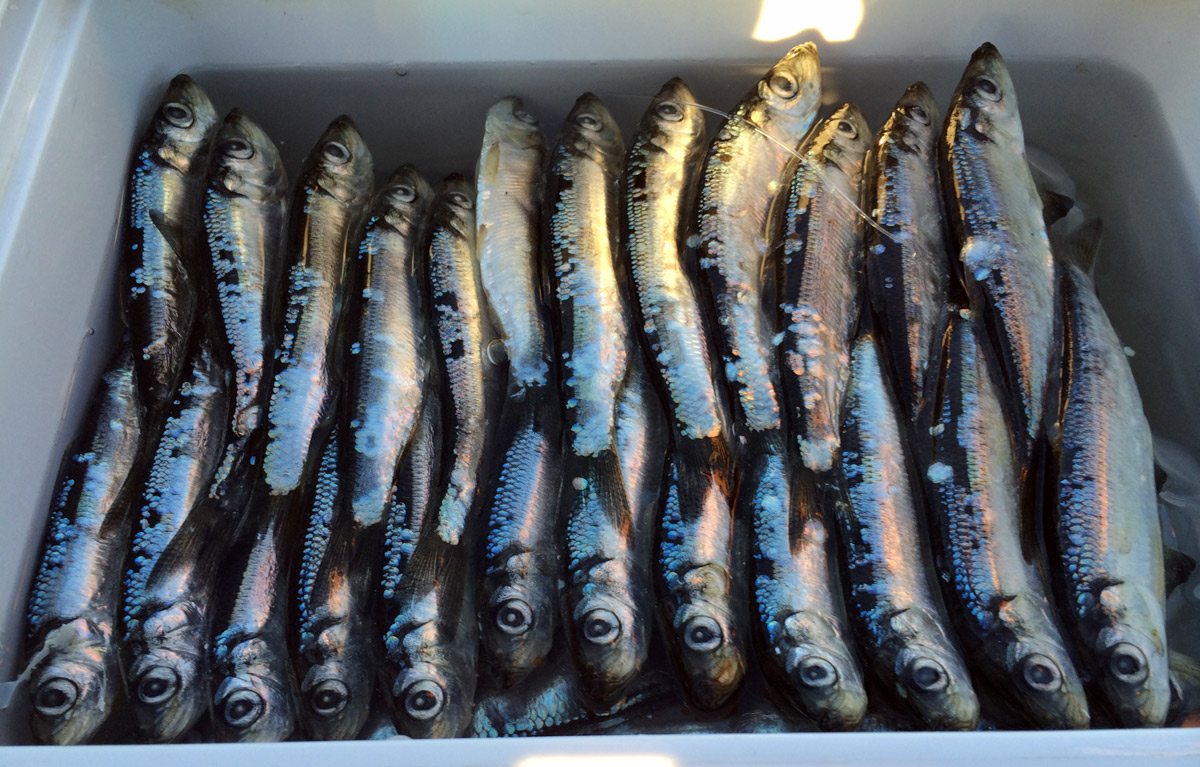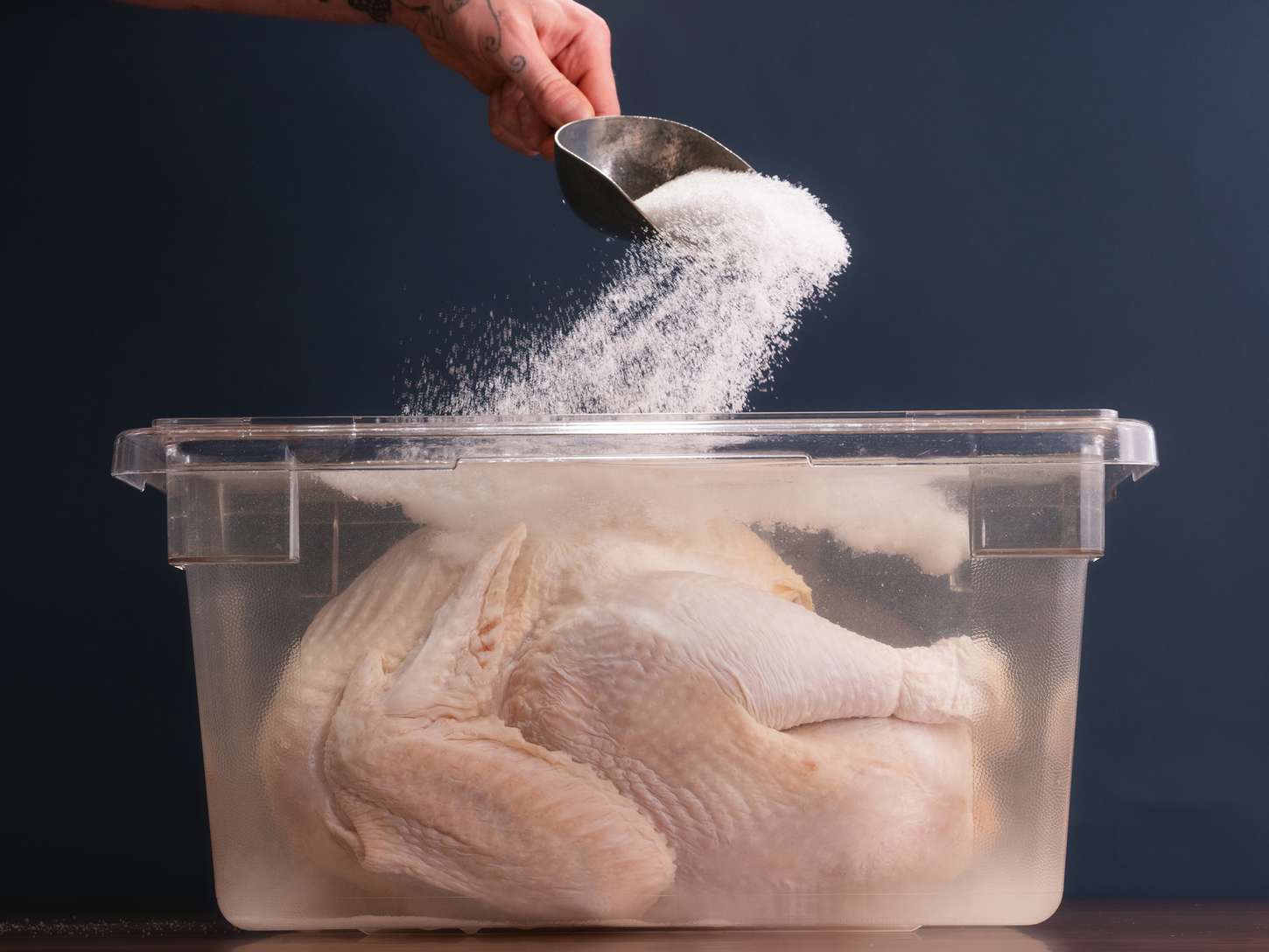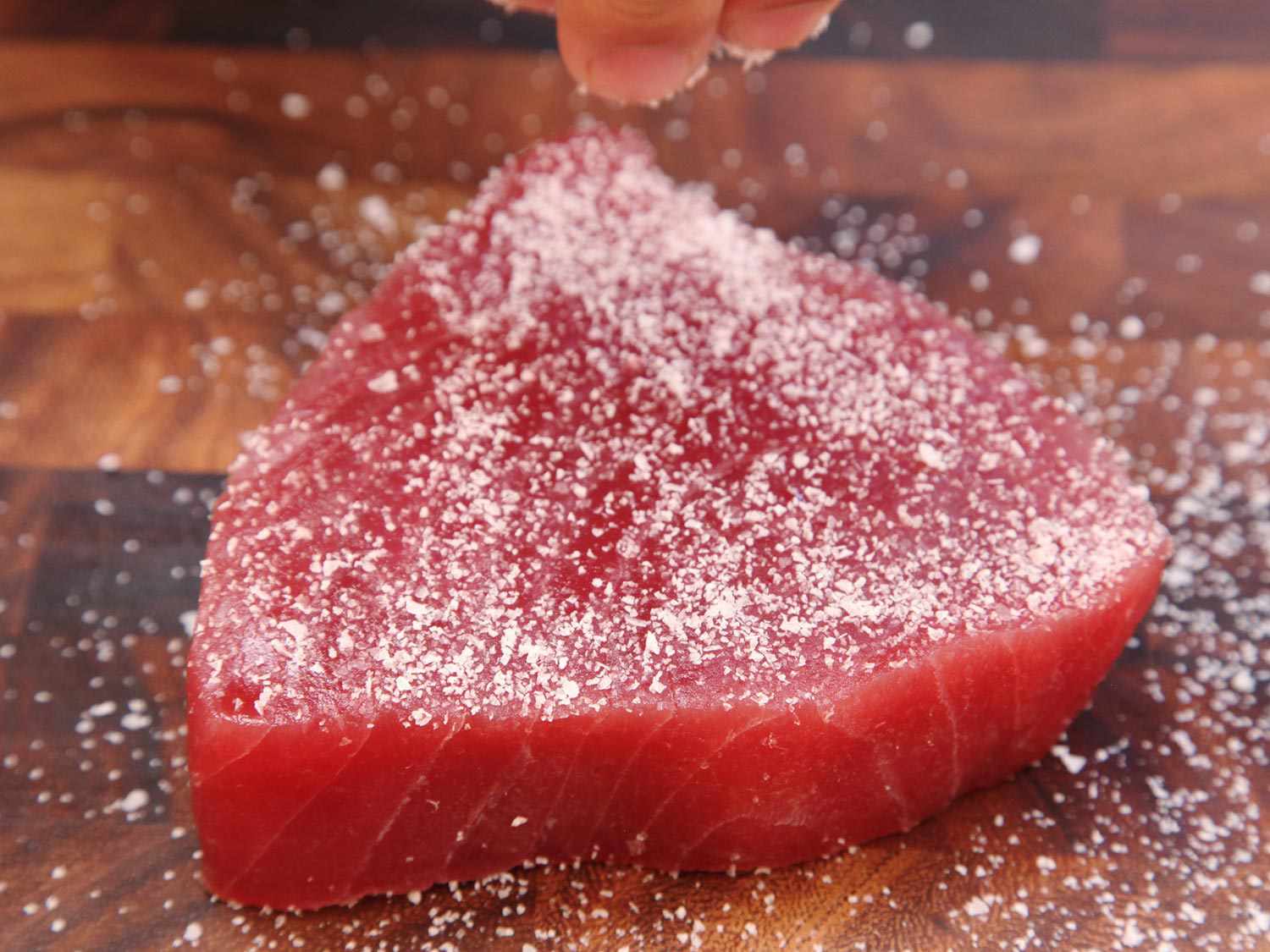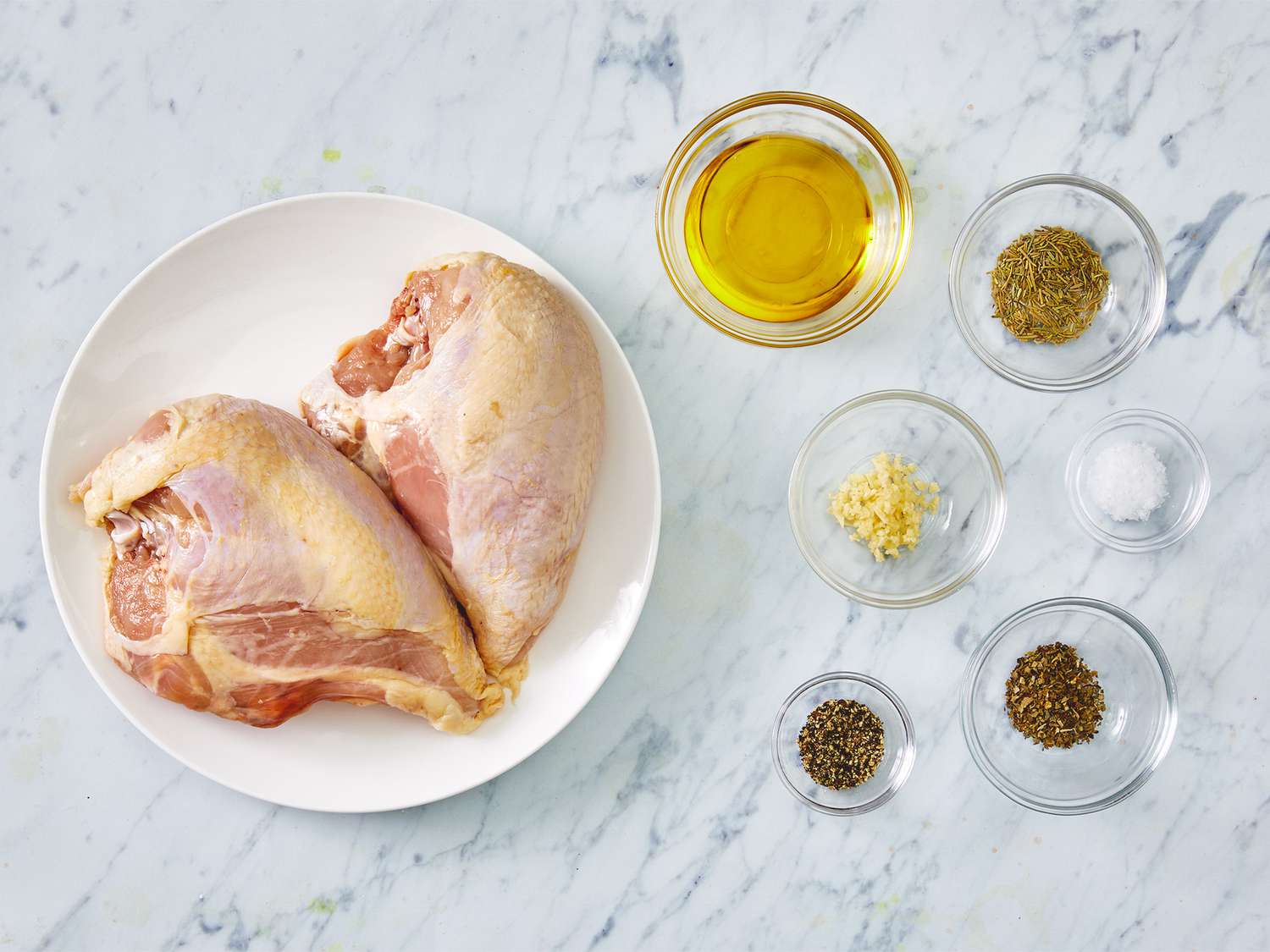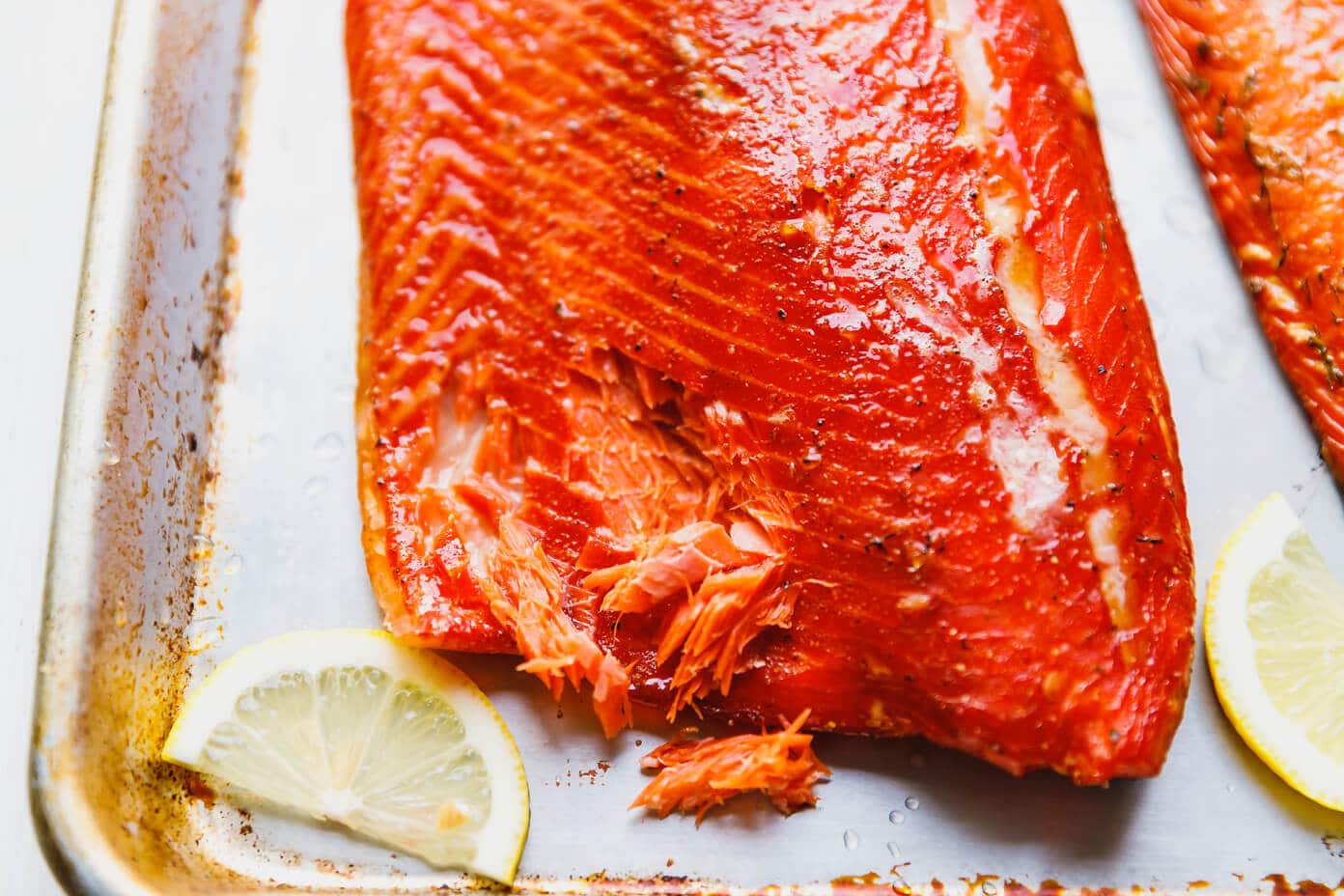Brining Pork Shoulder: A Delicious Way to Enhance Flavor
Brining is a simple yet effective technique for infusing pork shoulder with flavor and moisture. Whether you’re preparing a succulent roast or a tender pulled pork dish, brining can take your pork to the next level. In this guide, we’ll walk you through the steps to brine pork shoulder like a pro.
What is Brining?
Brining is the process of soaking meat in a saltwater solution, often with added herbs, spices, and other flavorings. The salt in the brine helps the meat retain moisture, resulting in a juicier and more flavorful end product.
Why Brine Pork Shoulder?
Pork shoulder, also known as pork butt, is a tough and flavorful cut of meat. Brining helps tenderize the meat and infuse it with additional flavors, making it more enjoyable to eat.
Steps to Brine Pork Shoulder
Brining pork shoulder is a straightforward process that requires a few key ingredients and some patience. Here’s how to do it:
- Prepare the Brine: In a large container, mix water, salt, sugar, and any desired herbs and spices to create the brine solution. Common additions include garlic, peppercorns, bay leaves, and thyme.
- Submerge the Pork: Place the pork shoulder in the brine, ensuring that it is fully submerged. You can use a heavy plate or a sealed plastic bag filled with water to weigh down the meat and keep it submerged.
- Refrigerate: Cover the container and refrigerate the pork shoulder in the brine for the recommended amount of time, typically 12-24 hours.
- Rinse and Pat Dry: After brining, remove the pork shoulder from the brine and rinse it thoroughly under cold water. Pat the meat dry with paper towels before cooking.
Brining Tips and Tricks
Here are some additional tips to help you achieve the best results when brining pork shoulder:
- Use the Right Ratio: Aim for a brine solution of around 5-8% salt by weight for optimal flavor and moisture retention.
- Customize Your Flavors: Experiment with different herbs, spices, and aromatics to create unique flavor profiles in your brine.
- Plan Ahead: Remember to account for the brining time when scheduling your meal preparation. It’s worth the wait!
- Adjust Seasoning: Since the pork will absorb some salt from the brine, consider reducing the amount of salt in your final seasoning before cooking.
Enjoy Your Brined Pork Shoulder
Once you’ve brined and prepared your pork shoulder, it’s time to cook it to perfection. Whether you’re slow-roasting, smoking, or braising, the brined pork shoulder is sure to be a hit at the dinner table. With its enhanced flavor and juicy texture, brined pork shoulder is a delicious and satisfying option for any meal.
So, the next time you’re planning to cook pork shoulder, consider brining it for an extra boost of flavor and tenderness. Your taste buds will thank you!
Was this page helpful?
Read Next: How To Brine Turkey For Roasting

